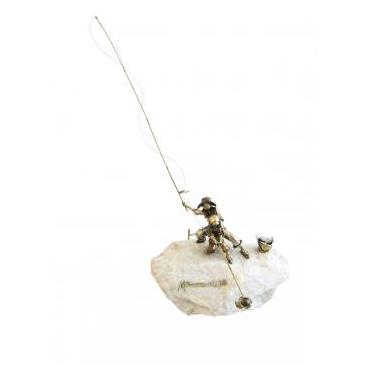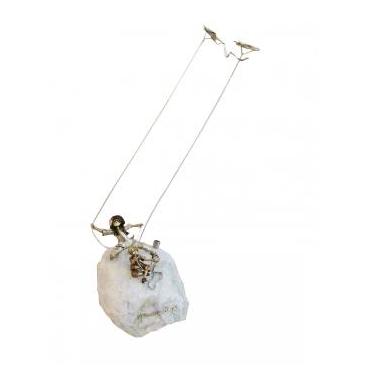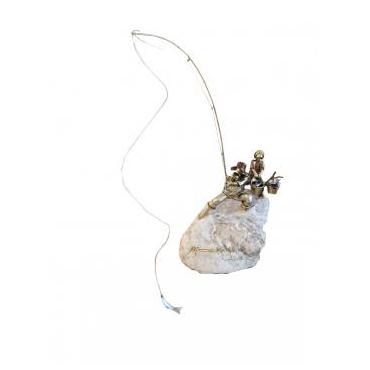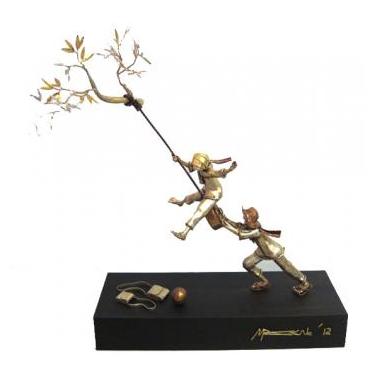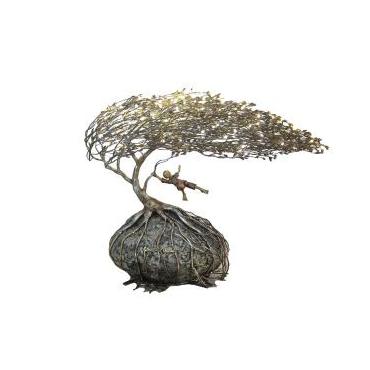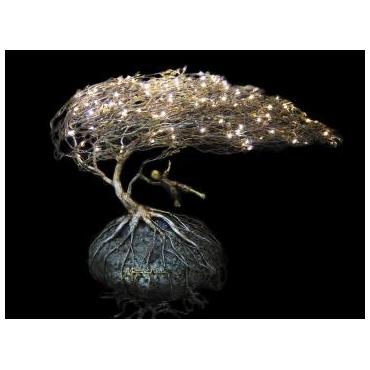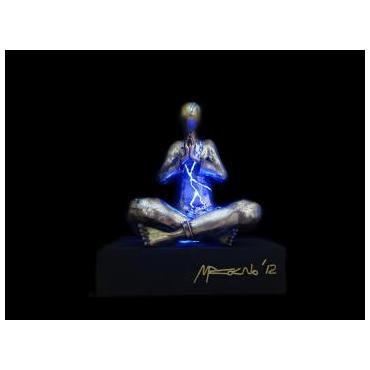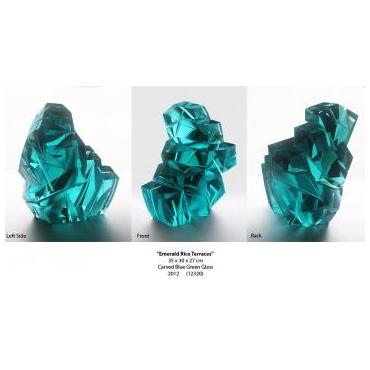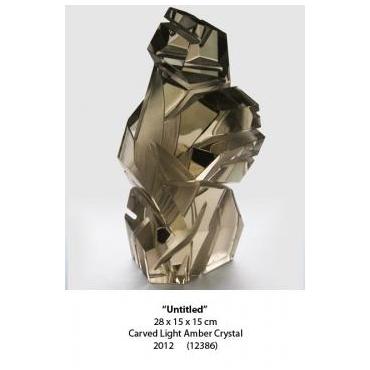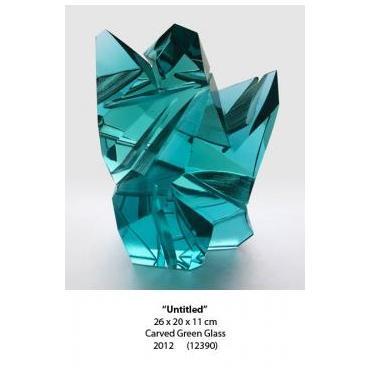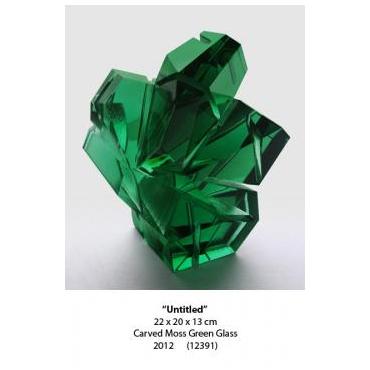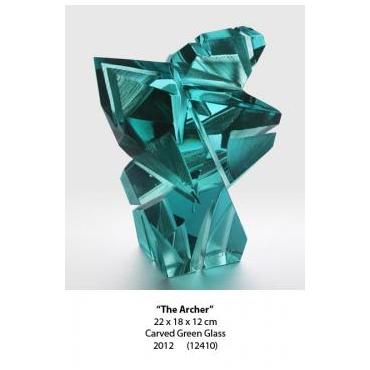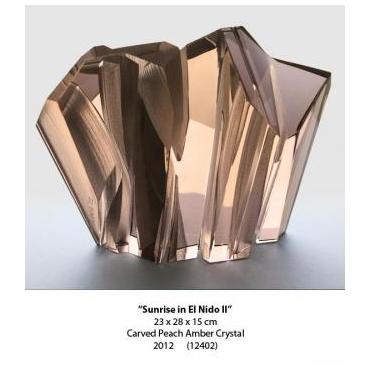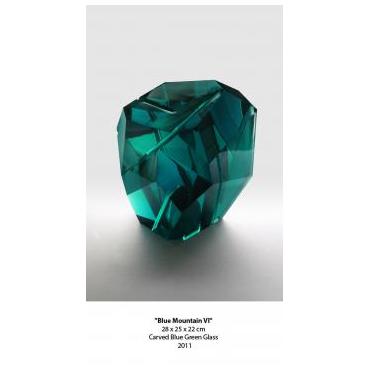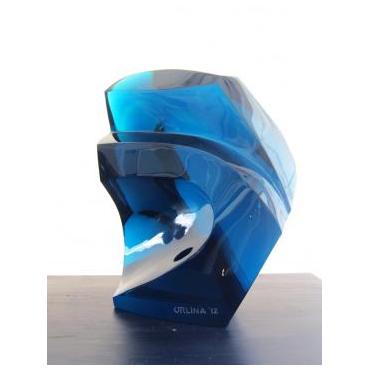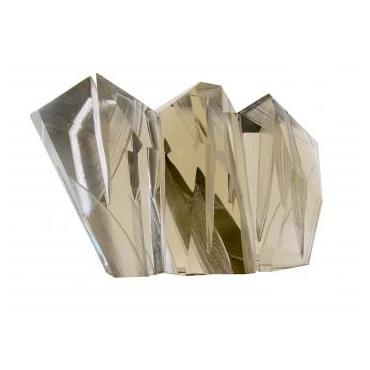
"LUMINA" INAUGURAL EXHIBITION OF GALLERIA NICOLAS FEATURING WORKS OF RAMON ORLINA, MICHAEL CACNIO, AND CARLO MAGNO OPENS ON JANUARY 24
Light affects visual arts in a number of profound ways. An artwork's ability to work with light - through techniques such as illumination and shadowing - allows us to cast judgment on its merits as a masterpiece. Familiarity with the usage of light is particularly nuanced when viewing works of sculpture, and the skill of an artist is tested by his ability to bend, reflect, and refract light. So it isn't surprising that the likes of imminent master sculptors Ramon Orlina and Michael Cacnio are well versed in the interplay between sculptural material and luminescence. When their new works are combined with and highlighted by the renowned abstract canvases of painter Carlo Magno, the resulting exhibition will be nothing short of breathtaking.
It is fitting then that these three artists open the recently renovated art landmark in Makati, Galleria Nicolas. The exhibition, Lumina, opens on 6:30pm, Thursday, January 24, 2013 at Galleria Nicolas, 3rd Floor Art Space, Glorietta 4, Ayala Center, Makati City. The gallery may be reached though their landline telephone number at (632) 625 0273, or email at info@gallerianicolas.com. Please visit their website at www.gallerianicolas.com. Exhibit runs until February 9, 2013.
Ramon Orlina can perhaps be regarded as the country's foremost sculptor. His pioneering and multi-awarded practice of using glass to create both abstracted and figurative artworks is often heralded as unmatched by any artist, both here and abroad. His recent forays into other materials - such as carved amber crystal - underscores his absolute mastery of light. His “Sunrise in El Nido II” is a cacophony of light bouncing and reflecting off the carved amber crystal in a myriad of ways, leaving the viewer transfixed as Orlina manages to convey the atmosphere of a sunrise over a fantastic destination spot like Palawan. The intrepid artist uses the material's natural interaction with light and dominates its direction. In “The Archer,” Orlina uses his more familiar carved green glass and constructs a plausible figurative archer-only abstracted to an extreme angular dimension and using available light to give the artwork weight.
Although younger than Orlina, Michael Cacnio has nonetheless gained a measure of renown on the back of a brilliant sculptural career incorporating a variety of material. His bronze works of genre, in particular, has seen his name uttered in the same company as National Artist Napoleon Abueva. The abstracted figurations also have an uncanny Filipiniana quality, with scenes such as his “Mango Vendor” of a roving farmer selling his fruit; or his “Father and Son,” with their attire of simple peasant garments and bygone pastimes like flying a kite. For Lumina, Cacnio delves into a completely new aspect of his practice-lighted sculptures that illuminate portions of the artwork, lending an ethereal quality to an already fascinating concept. So we have works such as “Meditation,” with the meditating figure illuminated with a soft-blue light from within, suggesting he figure is close to reaching enlightenment.
Carlo Magno complements these two heavyweight sculptors with the characteristic abstractions that have seen him become one of the foremost abstractionists in the country. His casual yet complex familiarity with light and how it interacts with aspects of abstraction like color and lines only serves to prove his lofty place atop the pinnacle of Philippine contemporary visual art.
Lumina surveys three of the most sought-after artists and examines how their practice plays with light. A fitting opening to the new Galleria Nicolas at Glorietta, it is definitely an exhibit worth going to.

